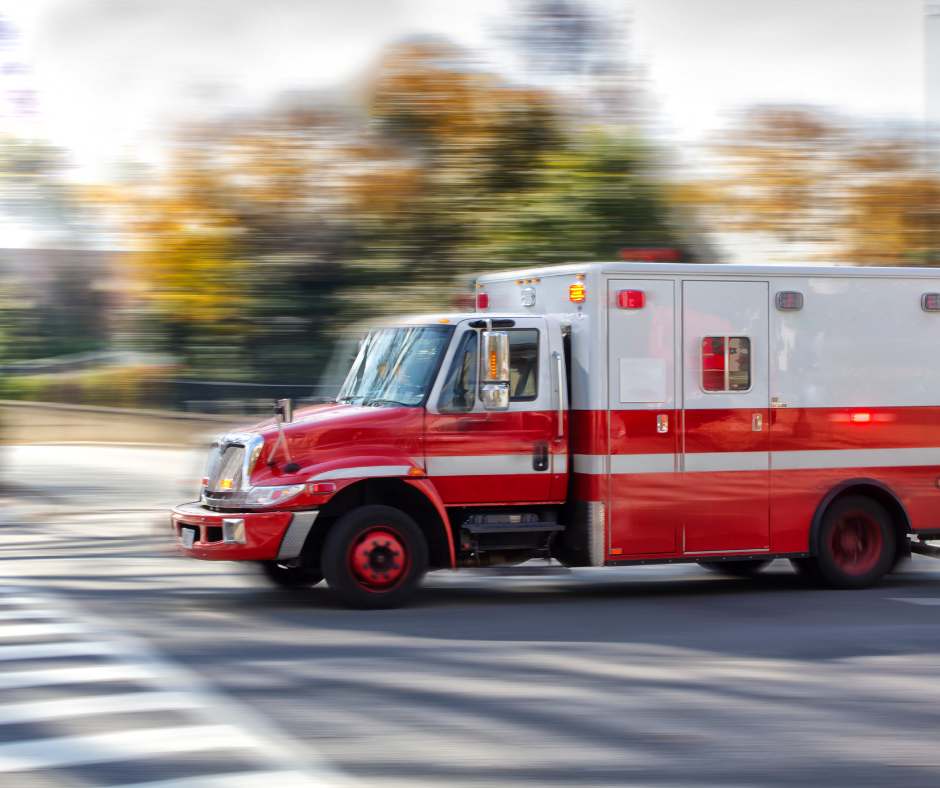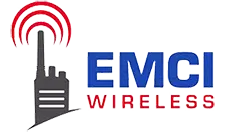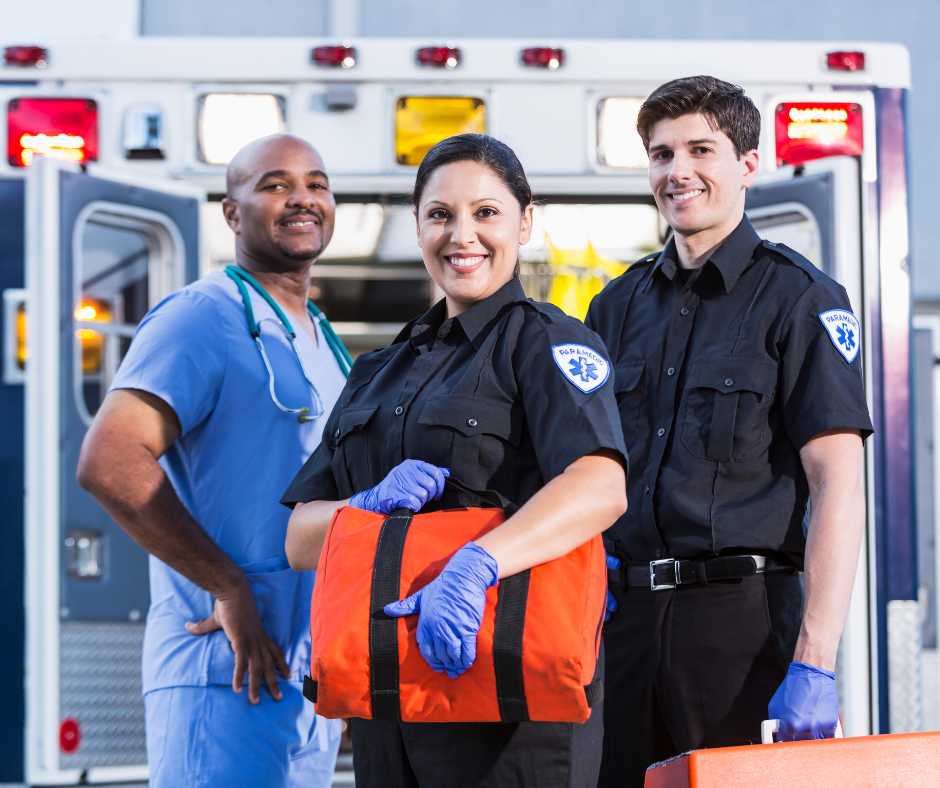A patient recovering from heart failure avoids an unnecessary hospital readmission because a trained paramedic checks in with them at home, coordinating care, adjusting medications, and connecting them with a primary care provider. That’s the power of mobile integrated healthcare (MIH), an innovative model that brings the right care to the right place at the right time.
As the healthcare system grapples with overcrowded emergency rooms, rising costs, and underserved populations, MIH programs are stepping in to fill the gap. These community-based solutions focus on proactive, patient-centered care delivered by EMS professionals, community paramedics, and public safety teams in the field.
But delivering coordinated care on the go requires more than clinical skill. It demands fast, reliable communication. That’s why MIH teams across the country rely on two-way radios to stay connected in real time. When seconds count, clear communication isn’t optional. It’s a non-negotiable.
Defining Mobile Integrated Healthcare (MIH)
Let’s go a bit deeper to explain just what MIH entails. Mobile integrated healthcare is a patient-centered model of care that delivers clinical services directly in the field. It’s designed to meet people where they are—whether that’s in their home, at a shelter, or in another community setting. Services are typically delivered by EMS professionals, community paramedics, and other public safety personnel trained to provide medical support outside the hospital environment.
You may also hear the term Community Paramedicine (CP) used alongside MIH. While closely related, CP often refers specifically to paramedic-led services, while MIH is a broader, more inclusive term that acknowledges the involvement of other healthcare providers and support teams. In practice, many programs combine elements of both to build a care model that fits their community’s needs.
According to the National Association of Emergency Medical Technicians (NAEMT), MIH encompasses a broad range of services designed to enhance access to care, minimize unnecessary 911 calls, and prevent hospital readmissions. The Florida EMS Advisory Council describes MIH as the delivery of healthcare through mobile resources that are clinically or administratively integrated with EMS agencies and other providers, offering a real-world answer to the question: What are integrated medical services?
MIH programs often include:
- Chronic disease management
- Post-hospital discharge follow-up
- Behavioral health and substance use support
- Patient navigation away from non-emergency ER visits
The result? Smarter use of resources and better care delivered where it’s needed most.
Why MIH Programs Are Growing Nationwide
If you haven’t yet heard of MIH programs, the chances are that you will soon. Across the country, healthcare systems are feeling the pressure of overcrowded emergency rooms, rising costs, and a growing population of patients, especially older adults, with chronic and complex needs. In response, mobile integrated healthcare programs are expanding rapidly as an innovative, cost-saving solution that fills gaps in traditional care.
A review of MIH programs for adults 65 and older revealed noticeable drops in both EMS call frequency and emergency department transport rates. These programs also showed potential improvements in both patient and provider satisfaction, while reducing costs and helping older adults remain at home, avoiding the complications and risks tied to frequent hospital stays.
The financial impact is also striking. In one study, MIH intervention led to a net savings of $2.4 million over just six months, with a return on investment (ROI) of 2.97 after accounting for program implementation costs. Those are the kind of numbers that demand attention.
Real-world programs show what’s possible. MedStar Mobile Healthcare in Fort Worth, Texas, restructured its EMS response to better serve its population. Previously, 72.6% of calls received lights-and-siren responses. Under the new model, only 37.6% of calls required that level of urgency, allowing responders to focus more effectively on critical patients while improving safety and resource allocation.
In Manatee County, Florida, MIH programs have become essential tools for improving care coordination and chronic disease management in underserved communities, leading to fewer readmissions, fewer non-emergency EMS calls, and better long-term outcomes.
Mobile integrated healthcare is a necessary evolution in how we deliver care, especially for populations that need thoughtful, in-home support rather than a default trip to the ER.
What a Day Looks Like in the Field
At EMCI Wireless, we think the concept of mobile integrated health is quite intriguing. Just consider what a typical day looks like for someone in the field (and for the patients who receive this type of exemplary care).
A community paramedic begins the day reviewing their patient list and heads out to visit a man in his 60s, recently discharged from the hospital after a diabetes-related complication. Instead of relying on emergency services or waiting weeks for a follow-up appointment, the patient receives a check-in at home.
The paramedic assesses blood sugar levels, reviews medications, and asks about nutrition and lifestyle. Noticing signs of depression and housing instability, the paramedic contacts a social worker to explore food and housing support and loops in a behavioral health specialist to provide mental health follow-up. Notes are also sent to the patient’s primary care physician, ensuring continuity of care across providers.
Thanks to this team-based approach, the patient receives:
- In-home medical monitoring without a trip to the ER
- Medication support to reduce confusion and prevent errors
- Mental health screening with access to follow-up care
- Connections to food and housing assistance
- Ongoing communication with their primary doctor
This kind of proactive, coordinated care helps patients stay healthier, avoid unnecessary hospital visits, and feel supported every step of the way. And it all happens in real time, thanks in part to the secure, reliable communication tools that keep teams connected in the field.

Why Two-Way Radios Are Integral to MIH Operations
So then, what do two-way radios have to do with MIH operations? The way we see it, everything. Mobile integrated healthcare relies on seamless, real-time communication between paramedics, hospitals, behavioral health professionals, and community partners. When teams are in the field, timing and clarity aren’t just helpful. They’re high-priority tools that can help save lives and make comfort care so much easier.
But staying connected isn’t always easy. In many areas, especially rural or underserved regions, cell signals are weak or unreliable. During emergencies or disasters, cell networks can become overloaded. And for patient-related communication, HIPAA compliance is non-negotiable.
This is where mobile radios and two-way radios prove their value. These tools:
- Enable secure, direct communication that doesn’t rely on commercial cellular networks
- Allow fast, push-to-talk connections with dispatch, healthcare providers, and public safety partners
- Remain reliable in critical moments, including blackouts or high-traffic situations
At EMCI Wireless, we provide Motorola mobile radios specifically designed for healthcare environments. Our radios offer:
- Hands-free and wearable options, perfect for minimizing touch and supporting infection control
- GPS tracking, helping supervisors know where field teams are at all times
- Customizable dispatch systems to support multiple teams, departments, and communication channels
For MIH teams working across neighborhoods or counties, reliable communication is the backbone of safe, effective care. Two-way radios help bring the mobile into mobile integrated healthcare and make sure that teams stay connected when it counts.
Building an Effective MIH Communication Strategy
The right tools can transform how mobile healthcare teams operate, and mobile radios are a prime example. When deployed properly, these radios offer a range of benefits, including improved mobile worker productivity, lower operating costs, better real-time decision-making, and stronger team collaboration in the field. But unlocking those advantages requires a clear, thoughtful communication strategy.
For mobile integrated healthcare programs, that strategy should define who uses the radios, when they’re used, and how different team members, such as paramedics, dispatchers, social workers, and hospital staff, stay connected during patient care.
MIH teams should also consider the following:
- Coverage range: Urban areas may require different system configurations than rural communities, where radio signals must reach greater distances.
- Number of teams and channels: Systems should scale to support multiple crews without crosstalk or interference.
- Inter-agency coordination: Radios should support communication with EMS, hospitals, public health, and social service partners.
- Encryption and data privacy: Healthcare communication must comply with HIPAA, requiring secure, encrypted transmissions.
At EMCI Wireless, we work closely with MIH programs to design and implement communication systems that match local needs. From network planning to training and support, we help ensure your team can respond efficiently, safely, and with confidence, every time they pick up the radio.
Florida’s MIH-CP Models and Lessons Learned
We’re proud to say that Florida is a leader in implementing mobile integrated healthcare (community paramedicine (MIH-CP) programs), with several counties developing unique models to meet the needs of their communities. The Florida MIHCP Guidebook outlines some pretty impressive examples from Manatee County, Palm Beach, and Gainesville Fire Rescue, even though each organization takes a different approach to service delivery.
In Manatee County, a hospital-based program led by Manatee Memorial Hospital partners with local EMS to reduce emergency department overuse and improve care continuity. Palm Beach County Fire Rescue operates a fire-based model, integrating paramedicine with public health to support underserved patients with chronic conditions. Meanwhile, Gainesville Fire Rescue runs a nonprofit model in collaboration with a regional health planning council, offering services that blend field care, behavioral health outreach, and care navigation.
Despite their structural differences—whether fire department-led, hospital-driven, or coordinated through a nonprofit, the common denominator is clear: reliable mobile communication is key to every program’s success. Two-way radios and mobile radios help paramedics, dispatchers, and healthcare partners stay connected across agencies and care settings.
The lesson is simple: MIH programs can be shaped to fit a community’s needs, but communication is what keeps them running smoothly and safely.
Supporting the Future of Integrated Mobile Healthcare
Mobile integrated healthcare is transforming the way and where care is delivered. It’s bringing critical services to patients before emergencies escalate. From chronic disease management to behavioral health support, MIH programs are filling care gaps and improving outcomes across communities.
But this model only works when teams can communicate clearly and instantly. Two-way radios serve as lifelines, connecting paramedics, providers, and partners in real-time, even when cellular networks fail.
For MIH programs to succeed, healthcare leaders must prioritize communication as part of their operational strategy. That starts with investing in reliable, field-tested tools designed for the demands of mobile care.
Partner with EMCI Wireless to equip your MIH team with the technology they need to coordinate faster, respond smarter, and keep patients safer, no matter where the day takes them. Contact us today to learn more.

